摘要
模具是工业生产的基础工艺装备,也是发展和实现少无切削技术不可缺少的工具。它在工业生产中使用极为广泛,是当代工业生产的重要手段和工艺发展方向,许多现代工业的发展和技术水平的提高,在很大程度上取决于模具工业的发展水平。因此,模具技术发展状况及水平的高低,直接影响到工业产品的发展。也是衡量一个国家工艺水平的重要标志之一。本次毕业设计的题目是照相机某零件支架注塑模具设计。本文主要论述了塑料注射模的基本原理和设计过程,并着重讲述了充电器外壳注射模的设计过程。首先,讲述了模具的作用和国内外的发展状况及其发展方向。然后论述了方案的选择和确定。再次对于所确定的方案给出了详细的设计过程和计算过程,最后还对所设计的模具进行了经济性可行性分析。
总的来说,所设计的这套模具经济合理,可行性强,生产方便,是一套实用性较强的模具。
关键词:注射模;定模;动模;抽芯;斜导柱
Abstract
The molding tool is a foundation craft that industry produce to equip, it also a development with realizes the little having no slice the indispensable tool in the technique of cutting .It is in industry produce the usage is extremely extensive, it an important means that contemporary industry produce to develop the direction with the craft, many modern industrial developments with horizontal exaltation in technique, be decided by the industrial development in molding tool level to a large extent. Therefore, moldings tool technique development condition and horizontal and high and low, affect the development of the industry product directly. Too is to measure the one of the horizontal and important markings in a national craft.
The graduation project title is the camera bracket a parts injection mold design., this text discussed primarily the plastics injects the basic principle of the mold with design the process, combining to emphasize to relate the Chargers shell inject the design process of the mold. First, related the function of the molding tool with domestic and international development condition and its development directions. Then discussed the choice of the project with certain. Returns a project for making sure give a detailed design process with compute process; very much again the molding tool to design to preceded the economic viability assessment.
Total to say, a this set of molding tools for designing economy reasonable, the possibility is strong, producing the convenience, it a stronger molding tool in a set of function.
Keyword: Inject the mold; Settle the mold; Move the mold; Take out core; Inclined slippery piece
目 录
1 绪论 1
1.1题目背景意义 1
1.2塑料工业简介 1
1.3我国塑料模具现状 2
1.4塑料模具具发展趋 3
1.5本文主要研究内容 3
2 制品的分析 4
2.1制品的简介 4
2.1.1对制品的分析主要包括以下几点 4
2.1.2本设计中塑件各项要求 4
2.2制品的工艺性及结构分析 4
2.2.1结构分析 5
2.2.3材料的性能分析 5
2.3注射成形过程 7
2.3.1 ABS的注射工艺参数 7
2.3.2 ABS的主要性能指标 7
3 模具制造 8
3.1确定型腔数量及排列方式 8
3.2模具结构形式的确定 8
3.2.1多型腔单分型面模具 8
3.2.2多型腔多分型面模具 8
3.3注塑机型号的确定 8
3.3.1注射机的选用原则 9
3.3.2有关制品的计算 9
3.3.3 注射机型号的确定 9
3.3.4注射机及各个参数的校核 10
3.4分型面位置确定 11
3.4.1分型面的选择原则 11
3.5 浇注系统的设计 12
3.5.1浇注系统设计原则 12
3.5.2主流道的设计 12
3.5.3冷料穴的设计 14
3.5.4浇口的设计 15
3.5.5浇注系统凝料的脱出机构 16
3.6脱模推出机构的确定 16
3.6.1脱模推出机构的设计原则 16
3.6.2制品推出的基本方式 17
3.7抽芯机构的设计 17
3.7.1侧向抽芯机构 18
3.8合模导向机构的设计 18
3.8.1导向机构的分类 19
3.8.2本设计中导柱的设计 19
3.9排气系统的设计 19
3.9.1排溢设计 19
3.9.2引气设计 19
3.9.3排气系统 19
3.9.4该套模具的排气方式 19
3.10温度调节系统设计 19
3.10.1加热系统 20
3.10.2冷却系统 20
3.11模架的确定和标准件的选用 20
3.12成形零件的结构设计和计算 21
3.12.1定模(凹模)的设计 22
3.12.2型芯(凸模)的设计 22
4 塑料模具材料的选用及技术要求 24
4.1塑料模具材料的性能要求 24
4.2塑料模具零件选材原则 24
4.3模具的精度要求 24
4.3.1模具零件的公差与配合选择 24
5模具工作过程 25
5.1成型前的准备 25
5.1.1原料的检验和预处理 25
5.1.2料筒的清洗 25
5.1.3嵌件的预热 25
5.1.4脱模剂的选用 25
5.2注射过程 25
5.3脱模过程 26
5.4制品的后处理 26
5.4.1退火处理 26
5.4.2调湿处理 26
总结 27
参考文献 28
致 谢 29
毕业设计(论文)知识产权声明 30
毕业设计(论文)独创性声明 31
1 绪 论
1.1题目背景意义
近几年,我国塑料模具工业有了很大发展,注塑模具制品的种类越来越多,在未来的模具市场中,塑料模具具发展速度将高于其它模具,在模具行业中的比例将逐步提高。在电子、汽车、家电、玩具等产品中,60%~100%的零部件,都要依靠模具成形。用模具生产制件所表现出来的高精度、高复杂程度、高一致性、高生产率和低消耗,是其他加工制造方法所不能比拟的。通过本课题的设计,应使我们在下述基本能力上得到培养和锻炼:1)塑料管件制品的设计及成型工艺的选择;2)一般塑料管件制品成型模具的设计能力;3)塑料制品的质量分析及工艺改进、塑料模具具结构改进设计的能力;4)了解模具设计的常用商业软件以及同实际设计的结合。使个人能力得到全面提高,以适应今后的工作。
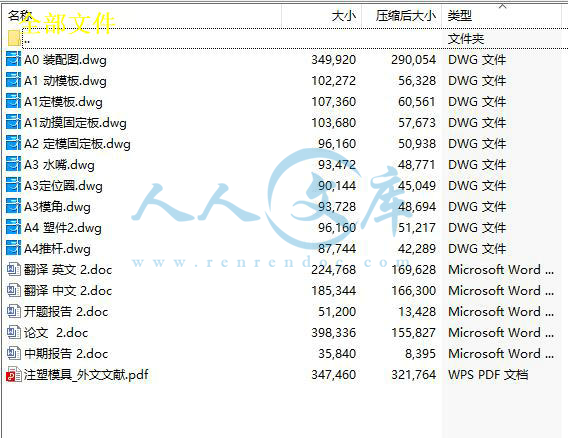
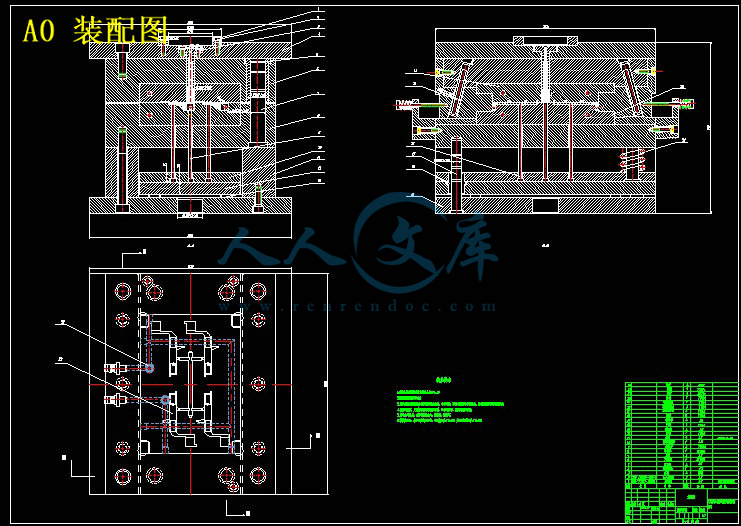
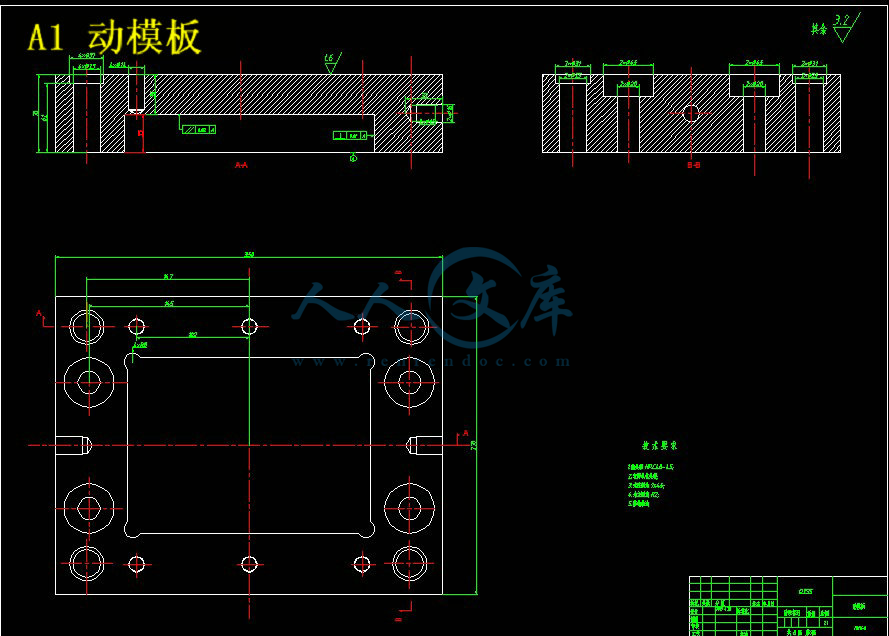
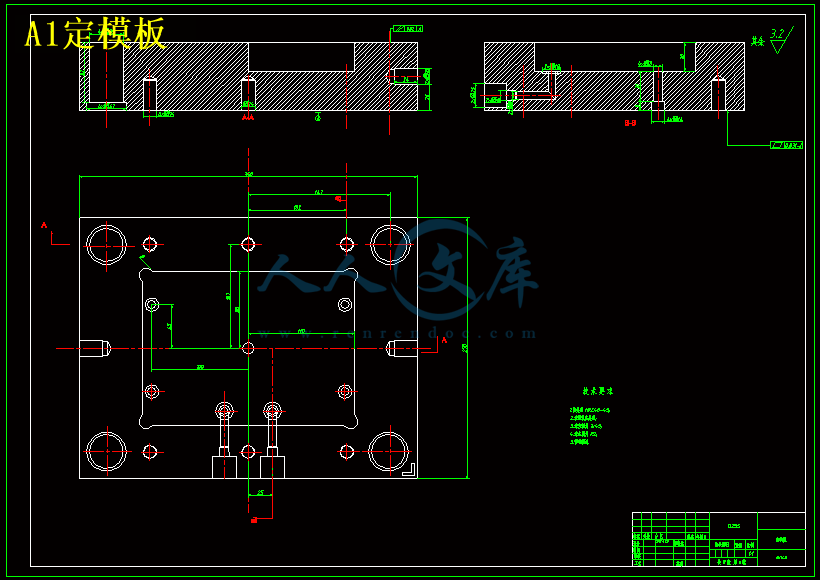
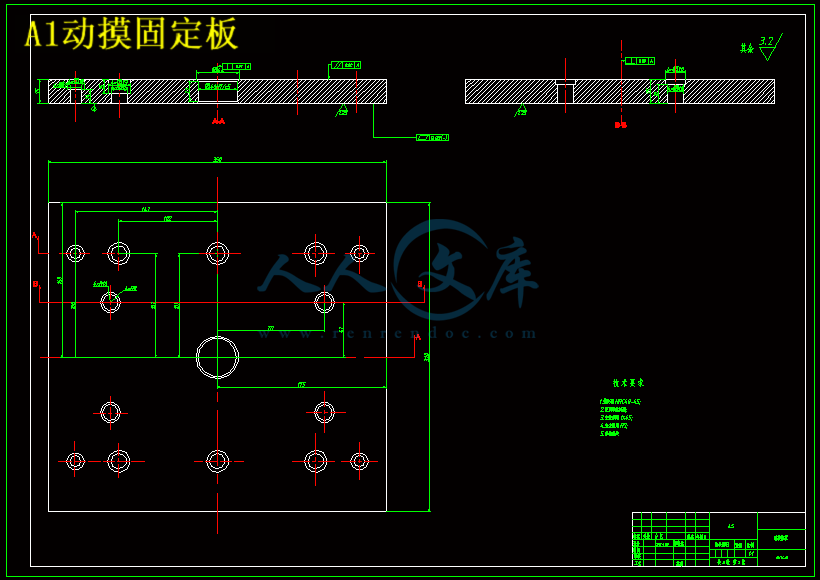
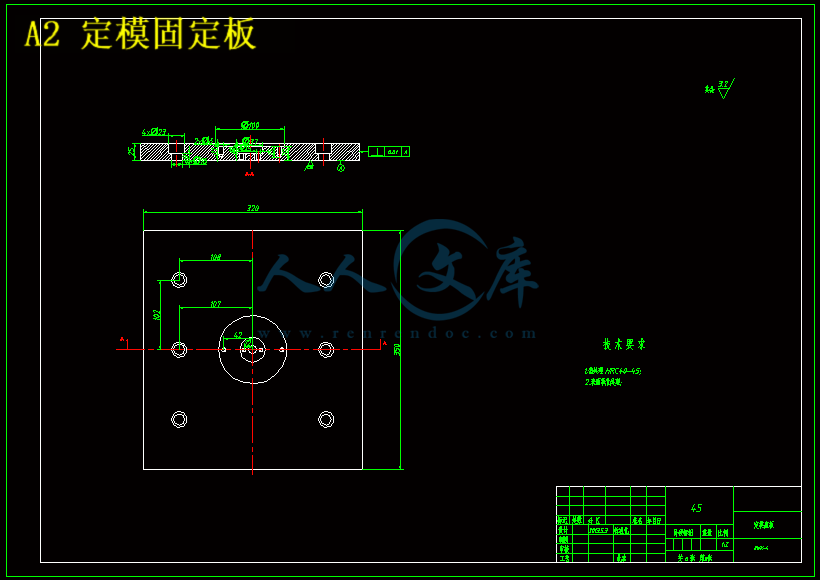
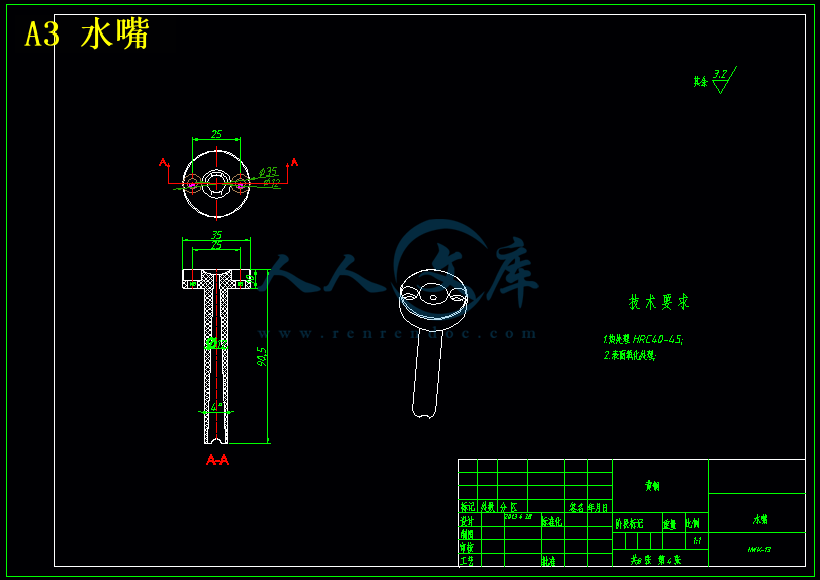

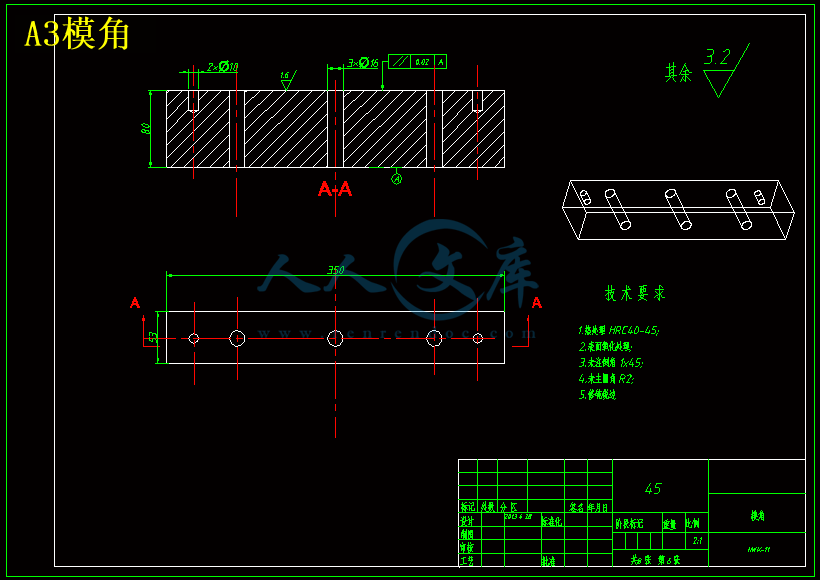
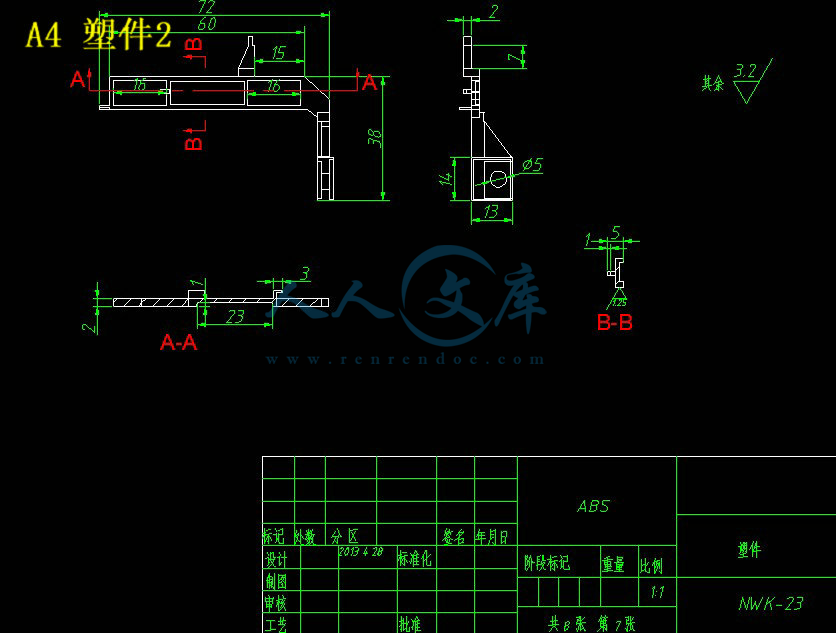
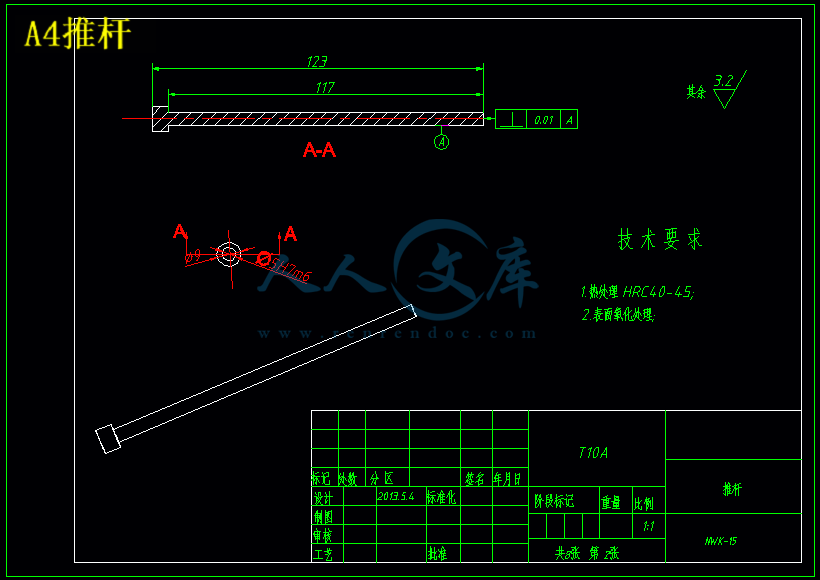
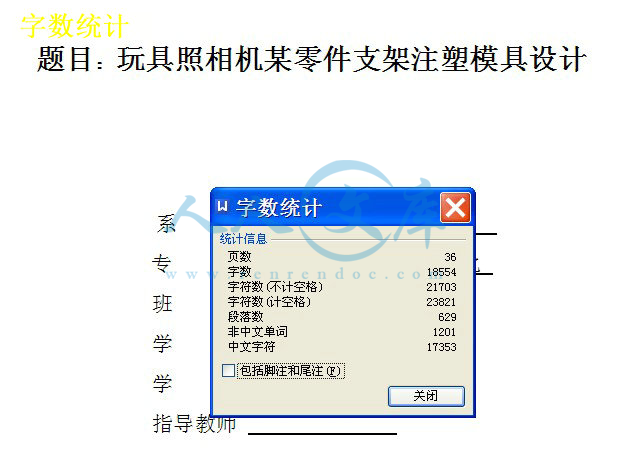
 川公网安备: 51019002004831号
川公网安备: 51019002004831号